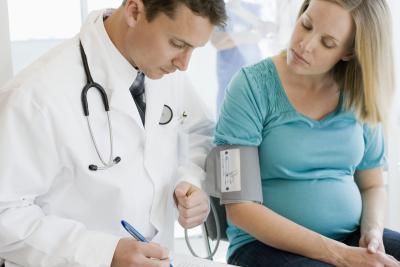Search Results for: diseases
Lung Diseases in Children
Several different lung diseases can affect a child. Asthma, cystic lung disease and interstitial lung disease are three of the most common lung issues children face. With each disease, precautions need to be taken so the child’s symptoms are controlled. Understanding the symptoms, treatment and preventative measures for each case can help you feel less anxious about it.
Diseases That Can Affect a Baby in the Womb
The development of a fetus into a healthy baby is a complicated and delicate process. Genetic factors can sometimes cause the baby to be born with genetic disorders. Other diseases that can affect a baby in the womb are passed to the baby when the mother suffers from them. For this reason, it is important for a pregnant woman to keep herself as healthy as possible.
Sexual Diseases in Women
Sexually transmitted diseases (STDs) pass from one person to the next during sexual contact. They can affect men and women, but women can have greater complications if they are pregnant or breastfeeding. Also, women have more frequent and serious health problems from STDs than men do. If a bacteria or parasite causes an STD, you can treat it with antibiotics, but if a virus is the cause, there is no cure, only medicines to keep the disease under control. Using a condom reduces the risk of getting an STD.
Diseases & HPV
In some cases, genital human papillomavirus, or HPV, can cause cancer in women and men, according to the Centers for Disease Control and Prevention. Cervical cancer risks increase among women with HPV, and a few people with the infection may also suffer from cancers of the penis, vulva or anus. Getting regular Pap smears and having only protected sexual intercourse with few partners are effective ways to prevent HPV or reduce its cancer risks in those people already infected with the virus.
Adolescents and Sexually Transmitted Diseases
One-in-four girls aged 14-19 in the United States have at least one of the five most common sexually transmitted diseases (STDs), based on data analyzed by the CDC. These five STDs are Gonorrhea, Chlamydia, Herpes, Trichomonas, and Human Papillomavirus (HPV). This means that about 3,000,000 girls in this age group in the U.S. have one of these STDs.




